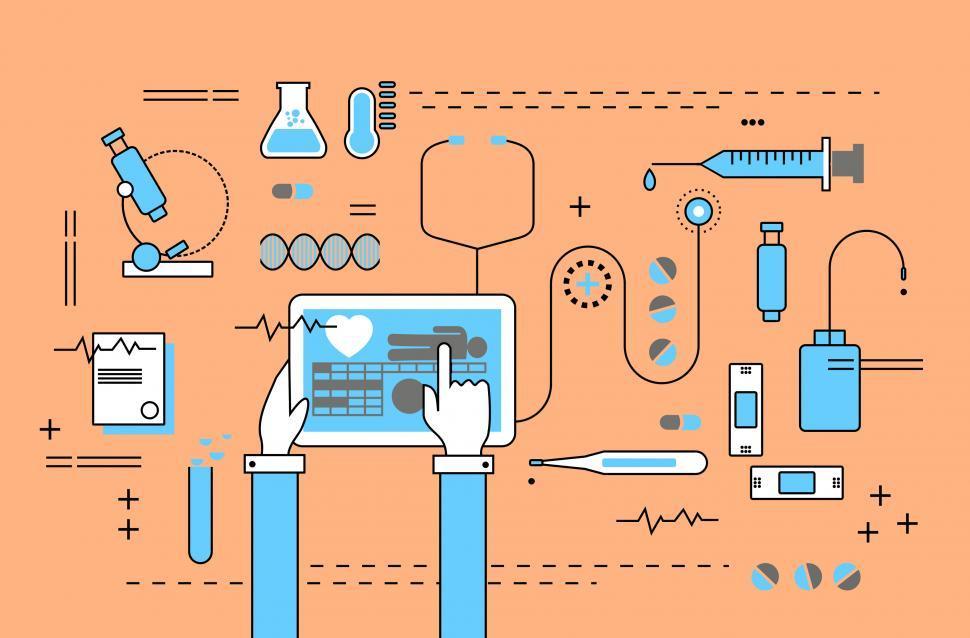
How many of us reminisce about going to the pharmacy counter where the pharmacist would whip up something for your ailment while you grabbed a grilled cheese sandwich and a milk shake ? Those memories of interacting with a pharmacist that cares enough about you to ask about your mother are unfortunately a thing of the past. The healthcare providers behind the counter of the big retail chains (no names, but most of the logos are red these days) can barely look up from the screen or get off the phone long enough to answer a patient question. How many times have you gone to pick up a prescription and felt like an unwanted visitor? What if it didn’t have to be this way? What if a pharmacist would spend an hour talking with you about all of your prescriptions, drug interactions, side effects, general health concerns, and answer all of your questions?
Some of these idealistic views of healthcare communication aren’t as far out as you might think. Medication Therapy Management services via Telepharmacy is already in full swing. Wait, let’s back up for a second, what is Medication Therapy Management ? The CMS (Centers for Medicare and Medicaid Services) describe MTM programs as optimizing therapeutic outcomes, and reducing adverse event risk, and highlight that it is a required element of each Part D Sponsor’s benefit structure. This means that patients are already eligible for Medication Therapy Management services, which are already being provided clinically in ambulatory and institutional settings and Telehealth portals.
For patients who have access to their local pharmacy these services are just icing on the cake. However, for certain patients these clinical interactions can be life-changing, and even in some cases, life-saving. Let’s run through a scenario - Patient “John” is an 83 year old male with multiple disease states including, COPD, Diabetes, AFib, Hypothyroidism, GERD, and PTSD. He lives alone and is homebound. John receives his prescriptions in the mail and he only sees his primary care physician once every 6 months because of his rural location and diminished access to transportation. John is a great patient. He takes his medications exactly as prescribed and always reports to his physician appointments. A trial published by Health Services Research suggests that the average patient/physician contact time at a primary care appointment is about 17 minutes. This sounds like quite a bit of time, but remember, John only sees this physician twice yearly, so maybe they share a minute talking about the weather? HSR also found that an average of 2 minutes was spent on each major health topic, so you can see how the 17 minutes tick by so quickly. John returns home and continues his daily life. The primary care physician is adequately treating his health conditions and pleased with John’s lab results. However, John realizes when he returns home that he forgot to tell the physician about the over the counter medication he added to his daily medication regimen a few months ago. He decides it can wait another six months until his next appointment. John ends up hospitalized with a life-threatening bleed the following week.
This is the LIFE-SAVING scenario of Telehealth significantly impacting patient outcomes. John is on an anticoagulant that thins his blood to prevent clotting. The addition of the “harmless” over the counter medication coupled with his increased risk of bleeding led to a life-altering event that could have been prevented. During a Comprehensive Medication Review (a Medication Therapy Management service) a pharmacist would work through all of John’s conditions, allergies, prescriptions and over the counter products. If any changes are needed the pharmacist would let John know, as well as the physician. In this patient case the pharmacist would have advised discontinuation of the over the counter product, thus preventing patient harm.
For John one interaction over the phone or video conference could potentially save his life. This scenario just presents one small glimmer of how Telepharmacy can significantly impact patient care and decrease overall healthcare costs.
Telepharmacy isn’t limited, it’s a plethora of other services and comprehensive care that we can tap into as a society. The world is changing every day and we have to continue to work to facilitate new ideas for the best possible patient outcomes. Let’s Talk Interactive is dedicated to making Telepharmacy possibilities become realities.